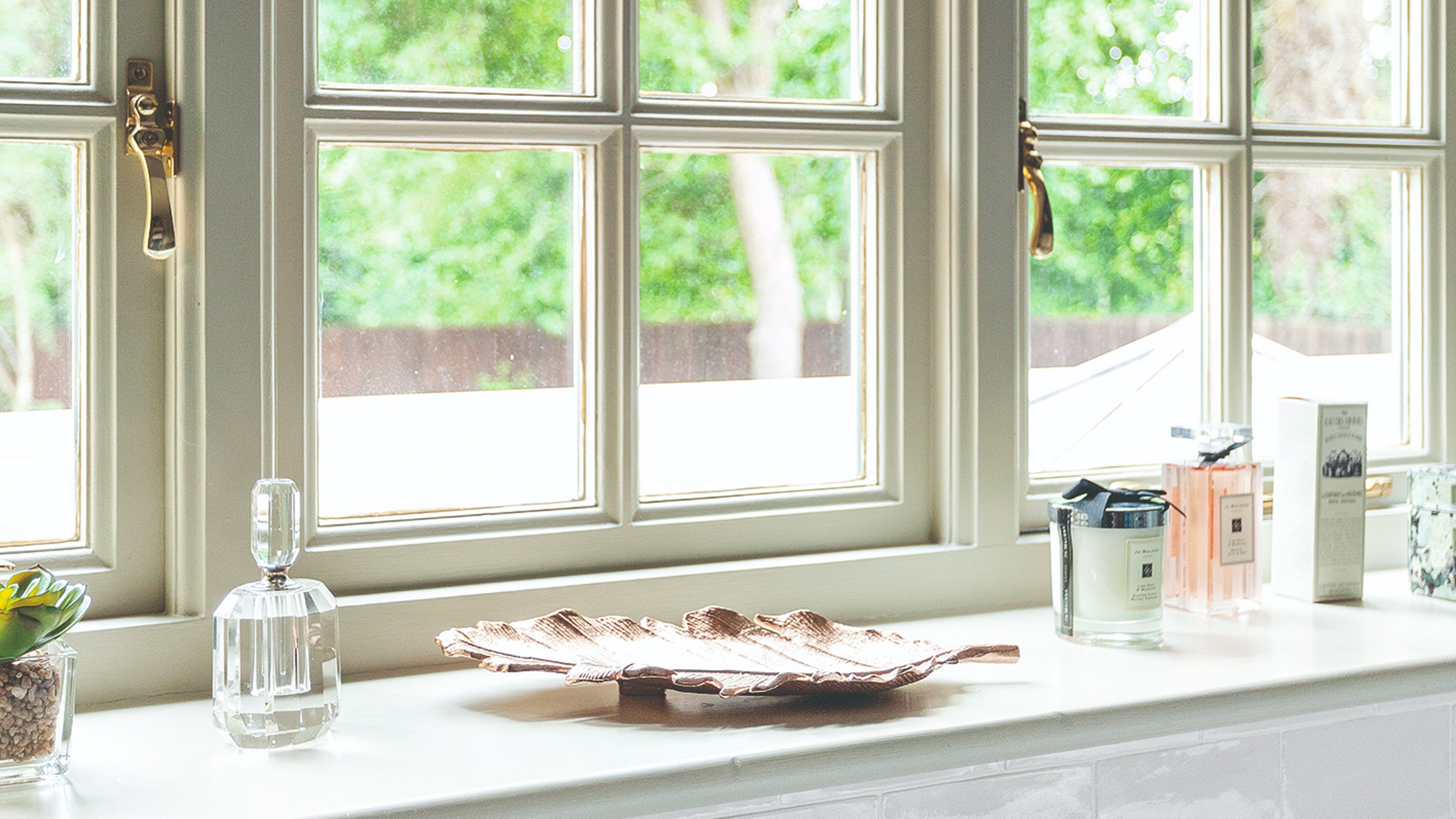The small change to your laundry routine that can reduce condensation on your windows in the morning
Every little helps if you want to reduce the amount of moisture in your home this winter


Condensation is one of our main household bug-bears in winter – how many of us often wake up on the chilliest mornings with foggy windows and moisture streaming down the glass?
It's a common issue, and it's not ideal either; having excess moisture in your home can lead to damp and even mould if not properly dealt with.
But while there are many ways to try and prevent excess amounts of condensation on your windows throughout the coldest months of the year, one of the biggest ways to make an impact, is to make one simple change to your daily routine – and it involves the time you do your laundry.

When to do launrdry to prevent condensation
As mentioned, there are plenty of methods for tackling condensation on windows, and even walls, where it can also sometimes appear.
One of the best ways is to use a dehumidifier, which works to soak up much of the excess moisture in your home. You can also choose to wipe the condensation from your windows, though this isn't always the most effective solution.
Opening windows can obviously also help to dry up condensation, but in the freezing temperatures the UK often experiences in winter, this trick isn't always practical (though you should allow some fresh air into your home daily!)
But thankfully, one of the easiest ways to prevent condensation on windows when you wake up in the morning is to change the time you do your daily load of laundry.
Sign up to our newsletter for style inspiration, real homes, project and garden advice and shopping know-how

It may sound unrelated, but the time of day you hang a wet load of laundry to dry in your home can make a big impact on the levels of moisture in your property.
The cleaning experts at Purdy & Figg suggest that, instead of putting your washing out later on in the day, doing so as early as possible will make all the difference to condensation levels come the morning.
In a video on TikTok they explain that you should 'try drying your clothes in the morning, so the moisture has time to escape" throughout the day, to avoid wet windows in the morning.
This trick certainly makes a lot of sense – by putting a wash on early in the morning, and therefore hanging your clothes to dry as early as possible, you're allowing time for the moisture to dissipate during the day via open windows, doors and extractor fans.
John Cutts, glass expert at MeAndMyGlass.co.uk explains, 'We strongly advise avoiding doing a wash late at night and leaving it to dry. The issue this causes is that it increases the amount of moisture in the air, which naturally raises humidity levels and worsens window condensation.'
'The same applies even if you’re using the best heated clothes airer – while they’re great for drying the clothes quickly, it’s still releasing moisture into the air, which will naturally settle onto windows during the night,' John continues.

He does however acknowledge that putting your laundry out to dry may not be possible at other points of the day for some people.
If this is the case, he says, 'if you have no other time to do the washing, we strongly suggest investing in a dehumidifier and placing it next to the airer with damp clothes at night, as not only will it help dry them quicker, but it’ll also prevent frosty windows in the morning.'
So it's easy to see how opting to do your laundry as soon as you wake up (if possible) can be the preferable option if you're looking to avoid a damp home this winter.

Amy Hunt is an experienced digital journalist and editor, now working in a freelance capacity specialising in homes and interiors, wellness, travel and careers. She was previously Lifestyle Editor at woman&home, overseeing the homes, books and features sections of the website. Having worked in the industry for over eight years, she has contributed to a range of publications including Ideal Home, Livingetc, T3,Goodto, Woman, Woman’s Own, and Red magazine.